During the cold-forming procedure known as die stamping, a strip of metal often referred to as a blank or tool steel, is cut and formed using one or more dies to obtain the desired shape or profile. The workpiece can be bent or shaped into complex shapes thanks to the tension created by force employed to change and alter the geometry of the blank. As a result, the manufactured parts can be either microscopic or incredibly big, depending on the application. Read More…
We are the metal stampings experts. We have over 30 years of experience creating customized solutions for our customers in a wide variety of industries. We are fully 9001:2008 certified, and we bring that high quality commitment to everything we do.

Manufacturer of precision metal stampings for the automotive, electronics, electrical, medical, industrial & consumer markets.
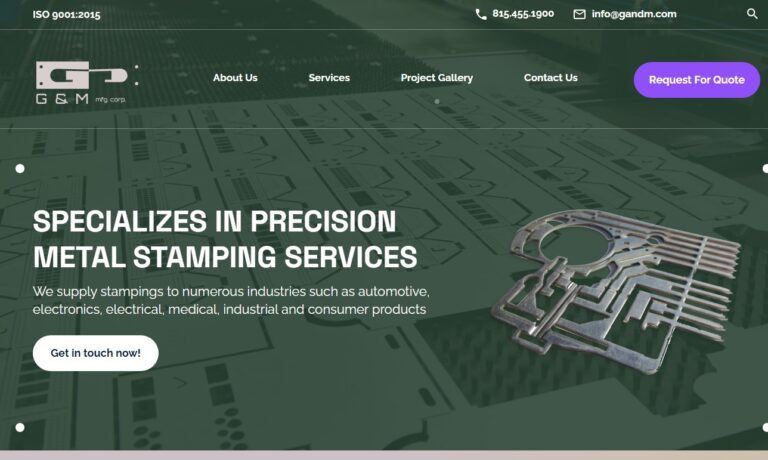
Quality Stamping & Tube Corp has been a leader in the aluminum extrusions and metal stamping industries for over 40 years. We attribute our success to our in-house die-making capabilities and wide range of extruded parts. All of our products are manufactured with quick turnaround and made to be high quality and durable. Our metal stampings can be up to 1/4 inch thick with various metals,...
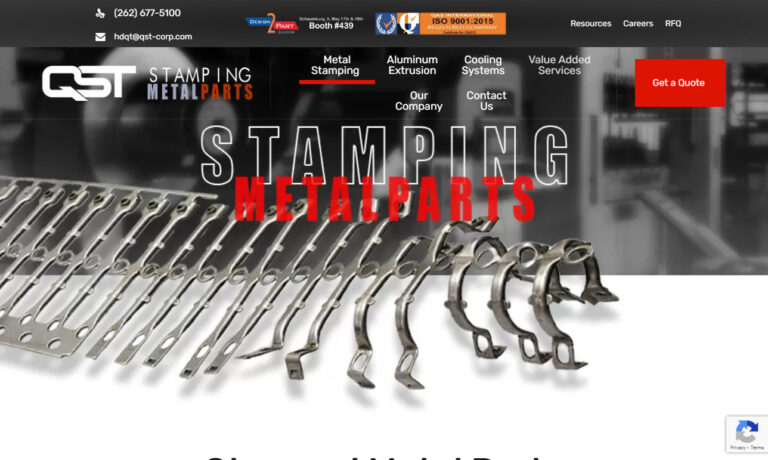
CSS is a leading international manufacturer of precision springs and metal shaped components. We have been a strategic supplier of progressive stampings, fineblanked stampings, machined stampings, springs and assemblies for 86 years. CSS serves OEMs in a wide variety of industries including medical, aerospace, defense/firearms, automotive, electronics and consumer products.

At Acorn Stamping, we specialize in precision metal stamping that meets the highest standards of accuracy, repeatability, and performance. With decades of experience and a deep understanding of material behavior, we deliver stamped components that serve a wide range of industries, including automotive, electronics, and industrial manufacturing.

More Die Stamping Companies

The die stamping process, also known as pressing, includes several processes, such as punching, blanking, piercing, coining, and others. Die stamping manufacturers follow detailed designs to guarantee that every punch produces the finest possible result.
Die stamping is a process that uses specialized tools called dies to create designs, which can range from simple everyday items to complex computer components. To do a single task or a series of tasks that happen one after the other, dies can be built per die stamping suppliers’ specific requests.
For die-stamping, there are three common manufacturing processes.
- Line: A single-step procedure
- Transfer: Stamping completes multiple tasks in a single cycle
- Progressive: The most typical and extensively employed
Die Stamping Operations
Cutting or shaping are the tasks that stamping dies can undertake; certain dies can combine these tasks. Every operation that die stamping producers undertake has the goal of causing separation or plasticizing so that it can take the shape of plastic.
Forming dies are:
- Bending
- Flanging
- Drawing
- Stretching
- Coining
- Ironing
Cutting dies are:
- Shearing
- Blanking
- Trimming
- Notching
- Piercing
A description of forming dies is provided below: Like a stencil, forming dies compress metals into precise forms.
Bending
A bend produces shapes resembling an L, U, or V. It is a plasticizing deformation that places stress along a single axis at the yield level below tensile strength.
Flanging
The workpiece is bent by flanging along a curved axis. Stretching and shrinking are the two sorts. The length of the tab affects the flanging process, which frequently involves tension and compression. However, with just a simple downward push motion, it is possible to create curves or corners.

Drawing
Drawing is a metal flow process that substitutes a different form with the same surface area for the workpiece's surface. The metal is still thick after being reshaped. Since it impacts how the part can be moved, cut, and expelled, the drawing orientation is crucial. Deep drawing is a type of drawing. Since it is non-directional, the direction may be vertical, up, or down.

Stretching
Tension and thinning increase the workpiece's surface area. For painting and finishing, it creates an incredibly smooth surface. High-pressure binding is used in dies to stop the metal's flow. Stretched metals are typically resistant to dents. Pre-stretched material is displaced into an alternate geometry.
Coining
Applying intense pressure and reducing the metal's thickness creates a pattern on the workpiece.
Ironing
Similar to coining, its goal is to squeeze the workpiece at a depth that is 30% of the workpiece's thickness to minimize the wall thickness of the workpiece. Ironing raises the drawn vessel's length and provides a uniform wall thickness.
As opposed to forming dies, cutting dies cut or remove material to produce items. Below we discuss the various types of cutting dies.
Blanking
When a metal strip is blanked, a section is removed along a certain contour line or shape. In the simplest terms, it involves separating one end of a strip from the other. In this process, the cutaway portion is the workpiece, and the remaining portion is scrap.
Piercing
Blanking and piercing go hand in hand. In blanking, the punched component turns into the usable part, which makes this difference between the two. With piercing, the portion is what is left after the excised piece is scraped off. The punch dimensions determine the size of the deleted component and the remaining hole.
Shearing
Although angle cuts are feasible, shearing generates a straight-line cut and is utilized for parallel cuts.
Trimming
To fit the appropriate profile, a form's outer edge is removed. This procedure is used to trim a flash, which is extra material surrounding a form during the die stamping process.
The top die trims the product, and the product enters the top die. To be ejected from the die, the product inside the die rises over the top die and is knocked out close to the top dead point. The knockout touches the bottom of the sketched product. When a product with a huge flange is being ejected, it's possible that it was deformed beforehand. Therefore, the knockout is produced to escape in the event of a product with a large flange in accordance with the drawing's diameter, and the ejecting is done at the flange part.
Notching
Bending or cornering procedures can be aided by notching. It is done to the outside of the workpiece to produce a particular profile.
In addition to stamping, machines may cast, punch, cut, and shape metal sheets. Each stamped component can be produced with great precision and repeatability using machines that can be programmed or controlled using computer numerical control (CNC). Programs for computer-aided design (CAD) and electrical discharge machining (EDM) ensure accuracy. There are numerous tooling machines available for the dies used in the stampings. The stamping needs are met by progressive, forming, compound, and carbide tooling. Progressive dies can simultaneously create several pieces on a single piece.
Choosing the Right Die Stamping Manufacturer
To make sure you have the most constructive outcome when purchasing Die Stamping from a Die Stamping Manufacturer, it is important to compare at least 4 Manufacturers using our list of Die Stamping companies. Each Die Stamping Supplier has a business profile page that highlights their areas of experience and capabilities and a contact form to directly communicate with the manufacturer for more information or request a quote. Review each Die Stamping business website using our proprietary website previewer to get an idea of what each business specializes in, and then use our simple RFQ form to contact multiple Die Stamping companies with the same form.







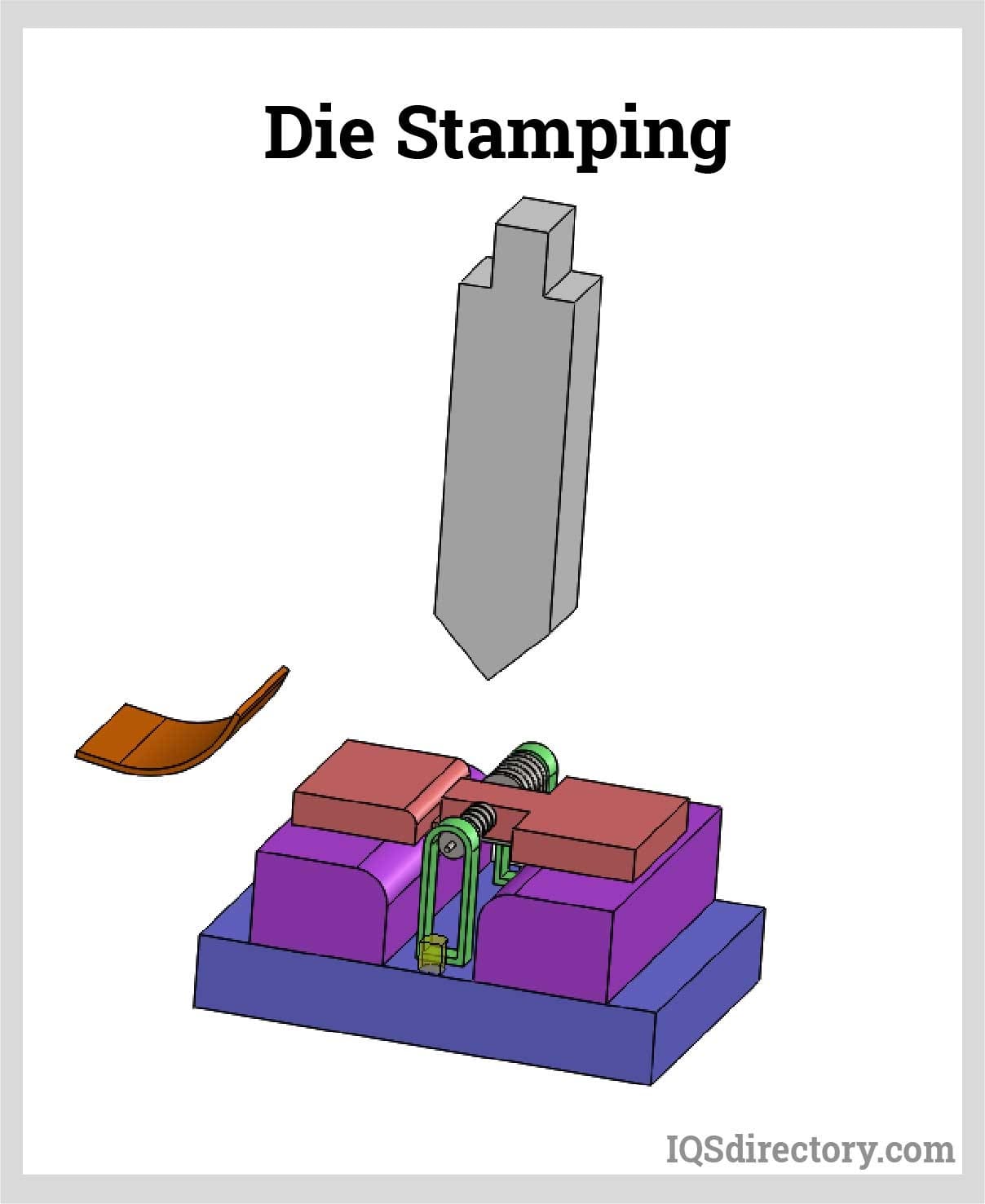
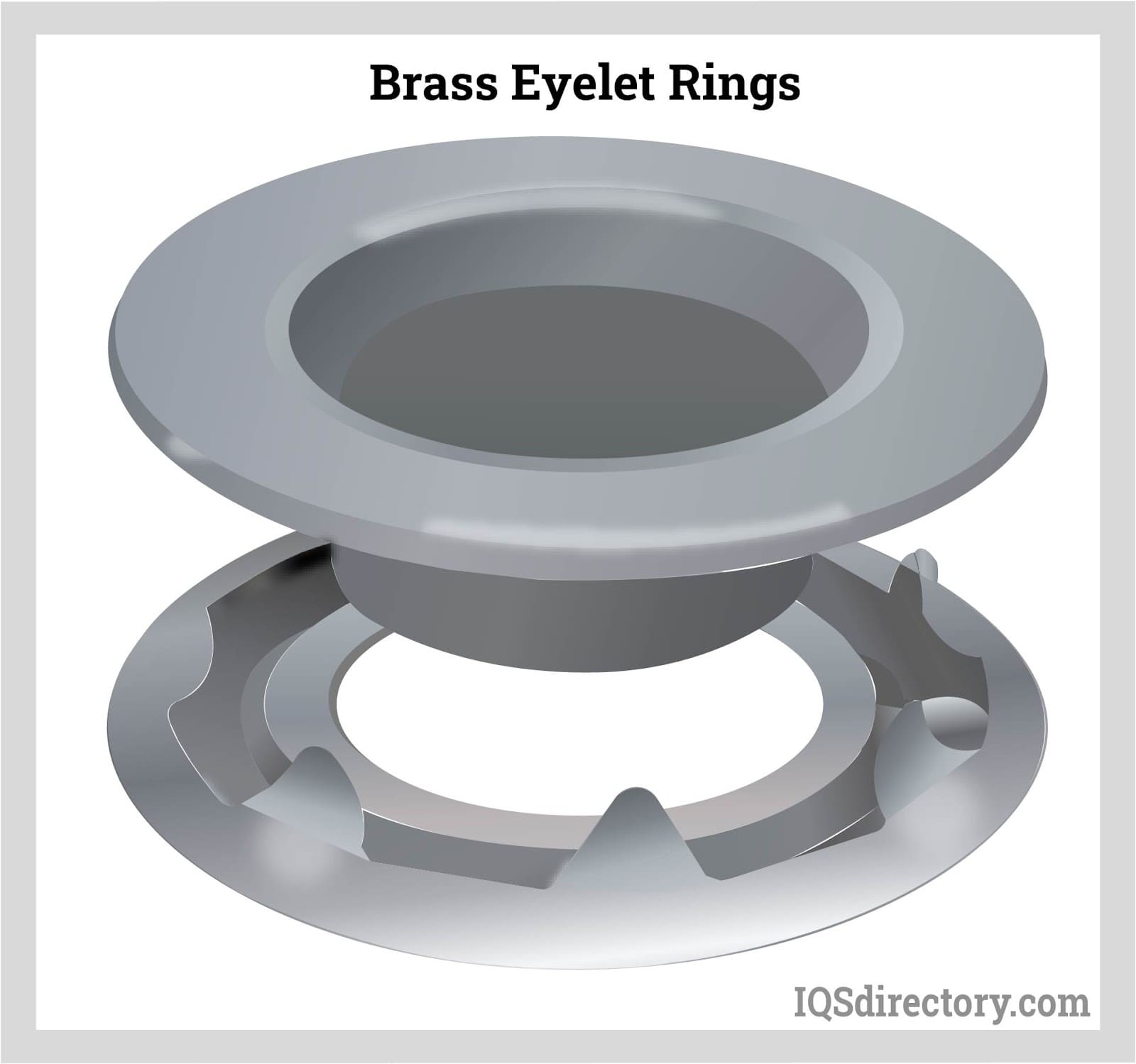
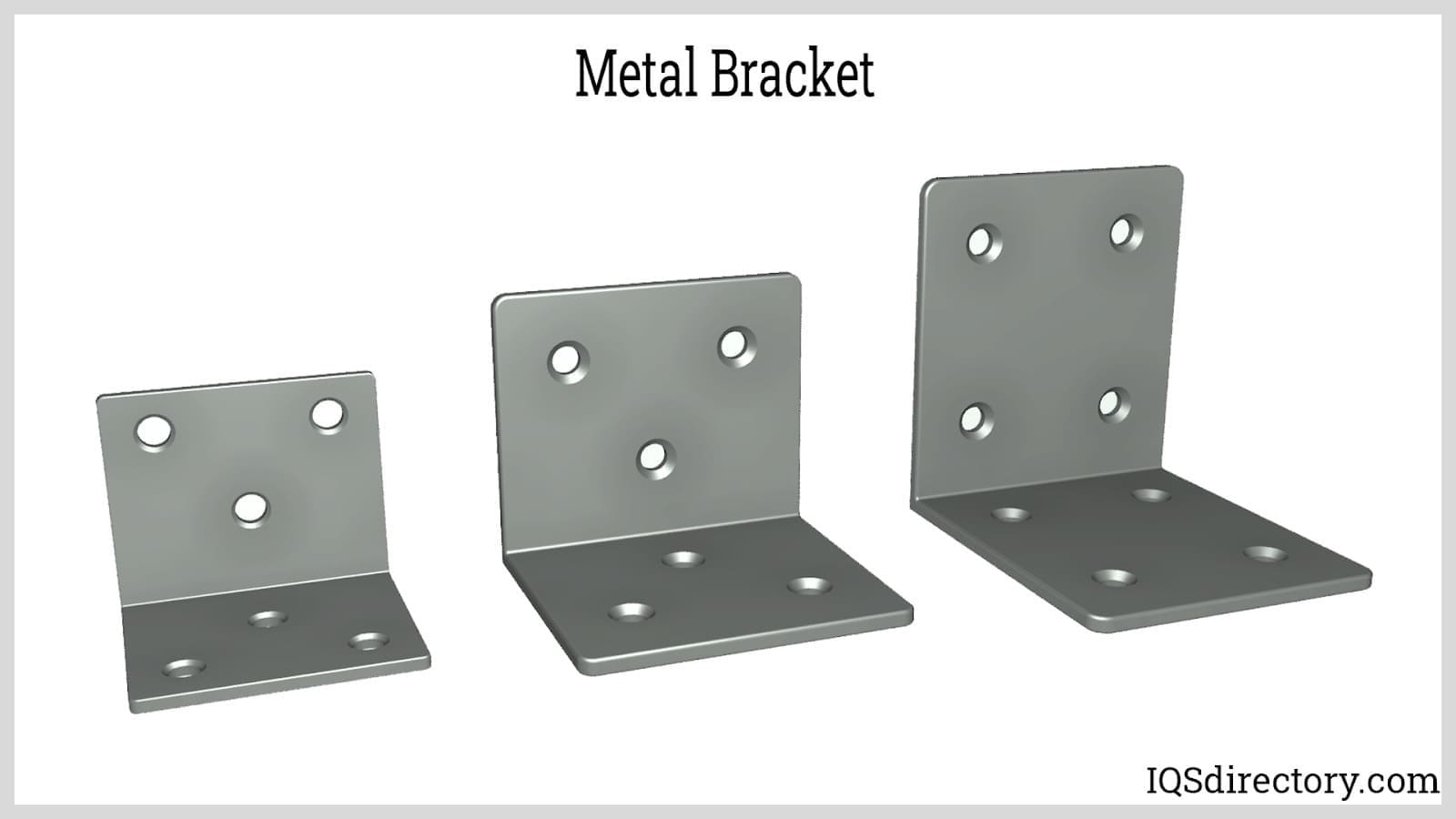
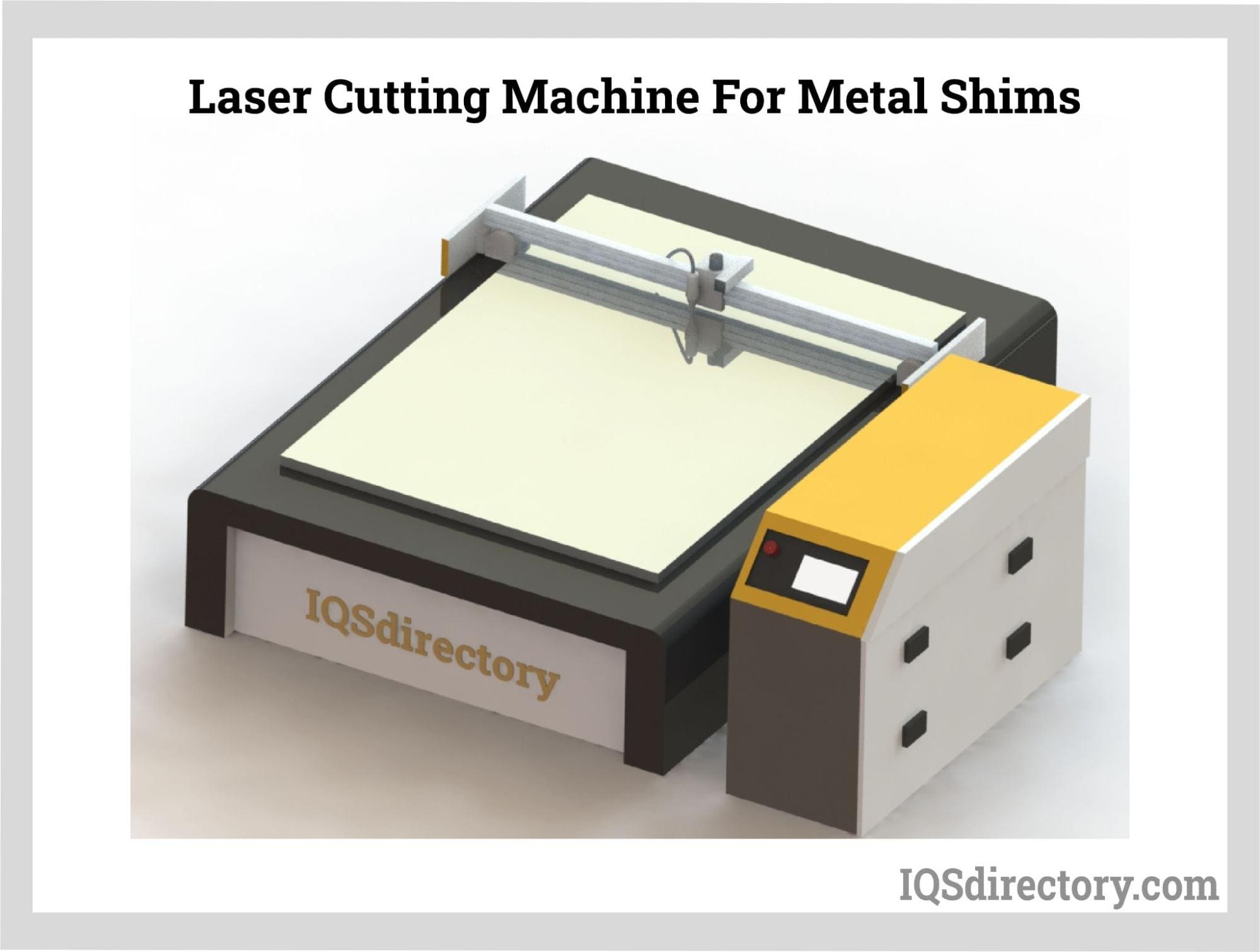
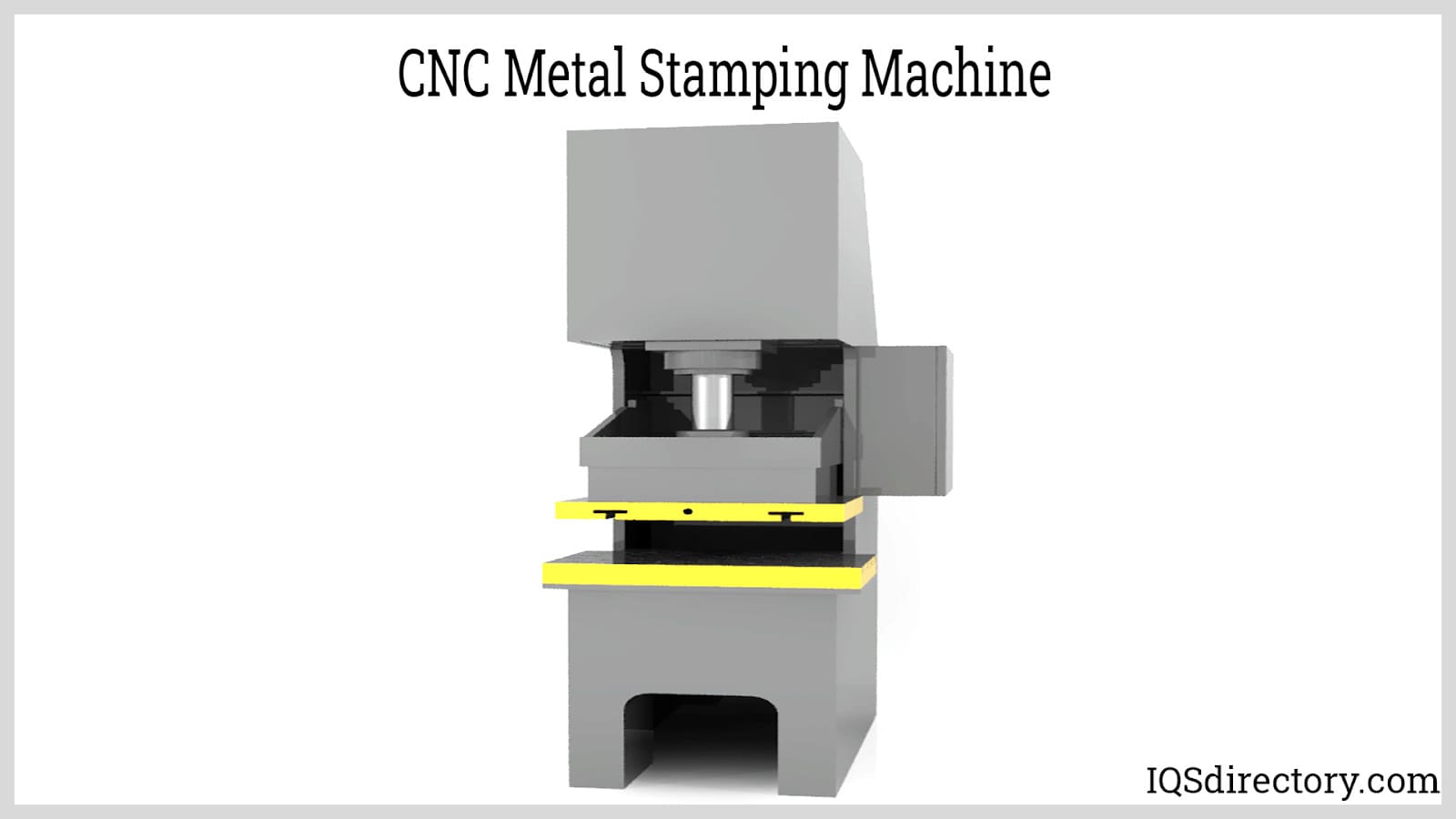
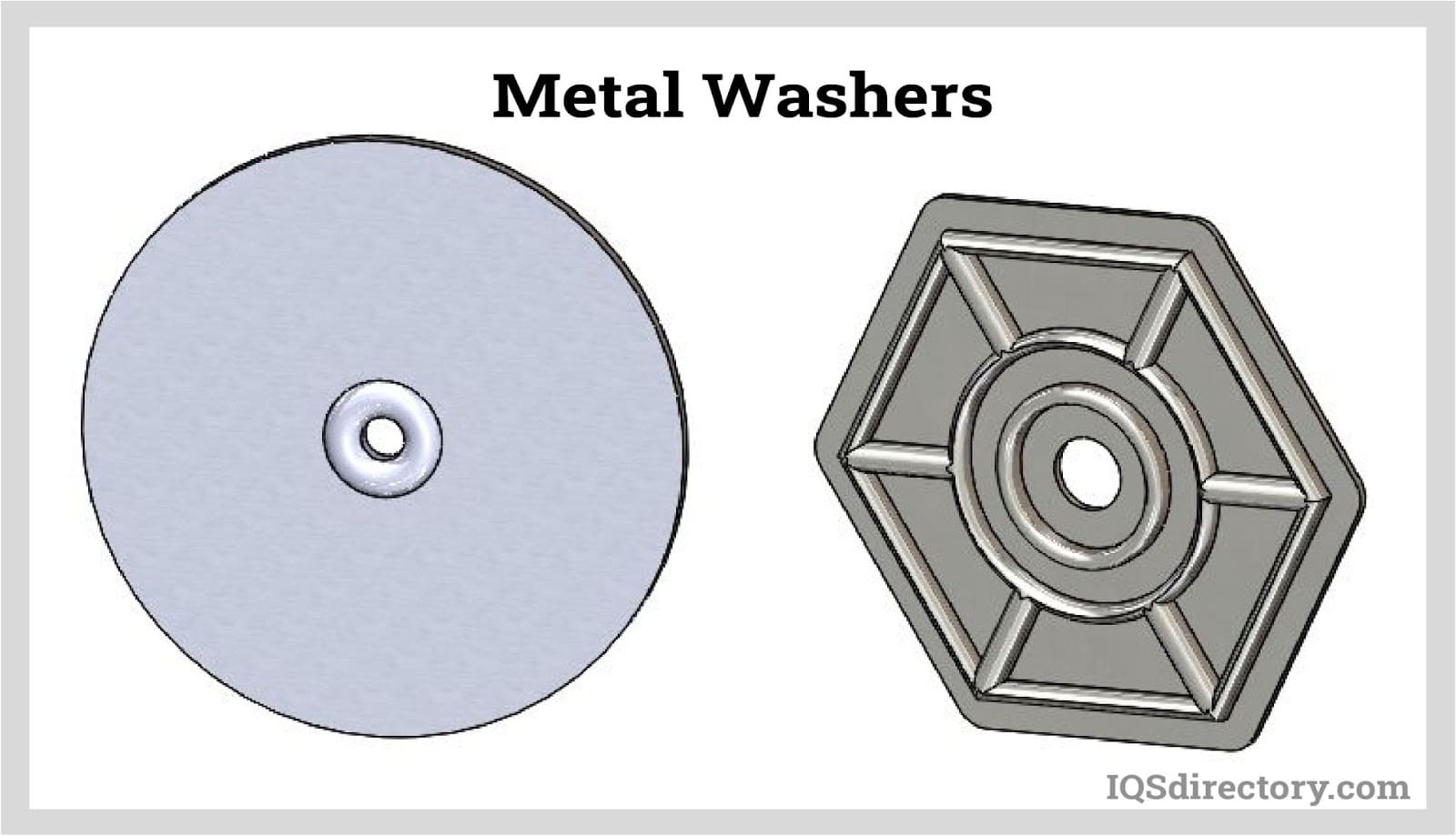
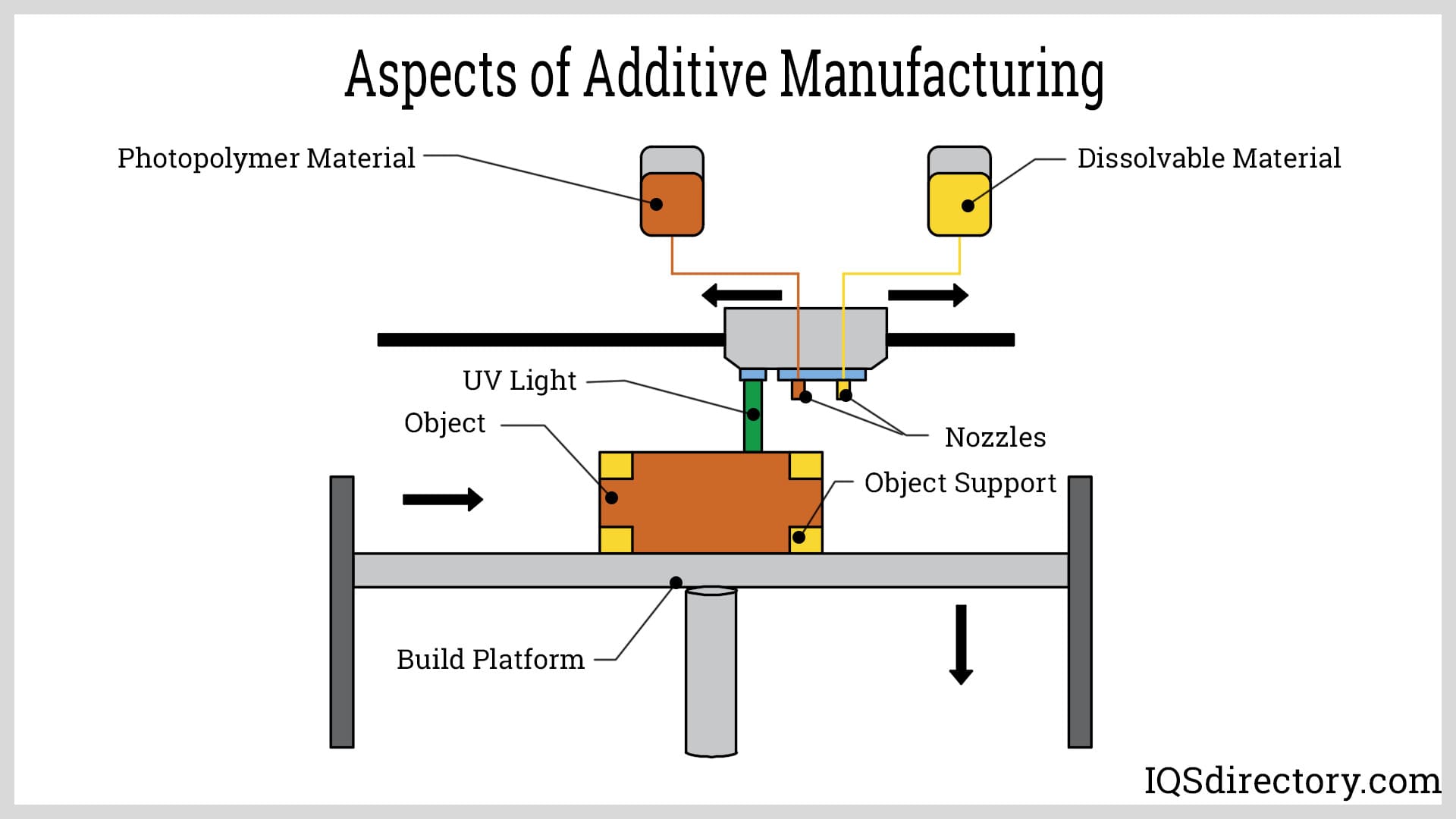
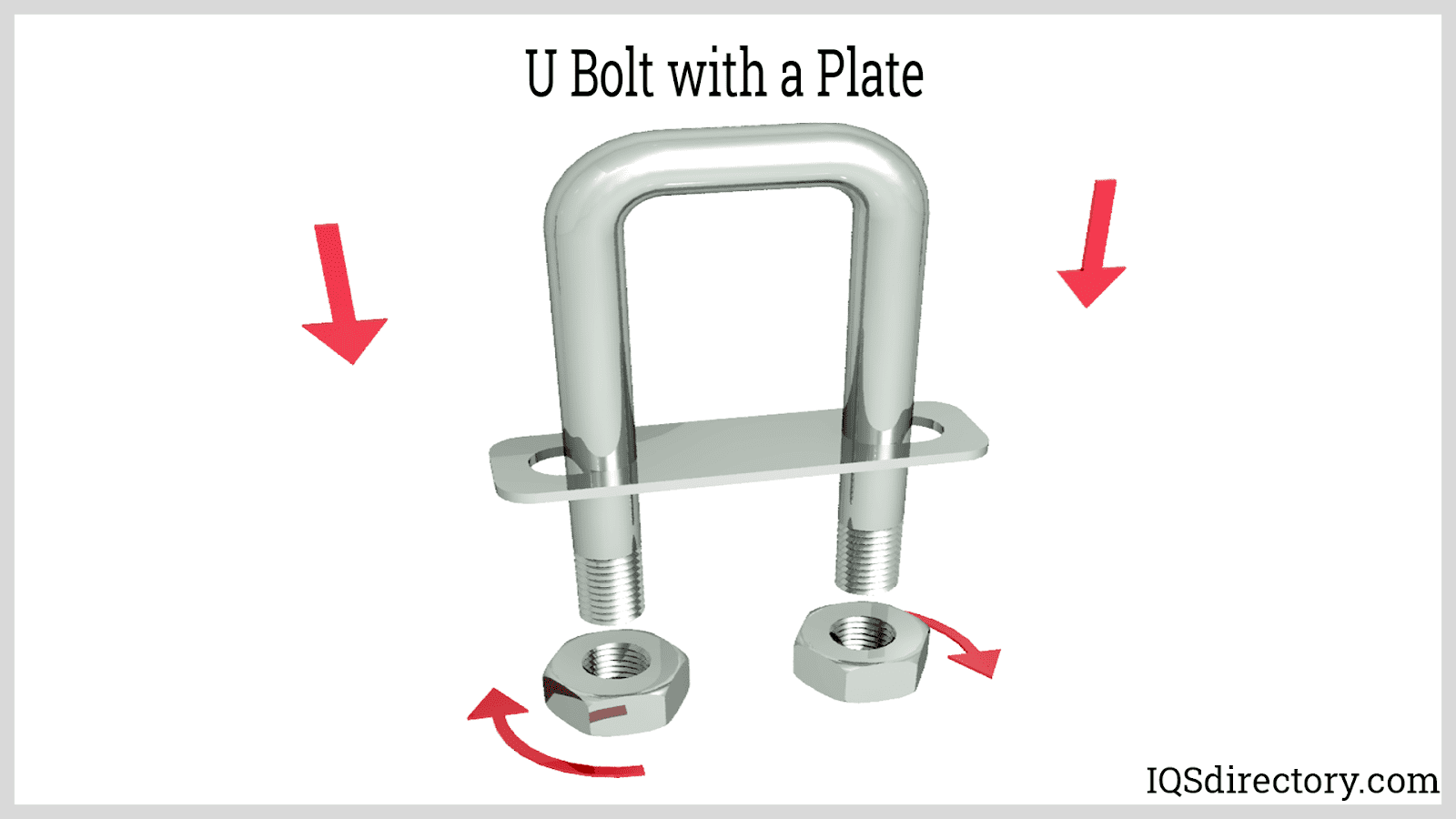
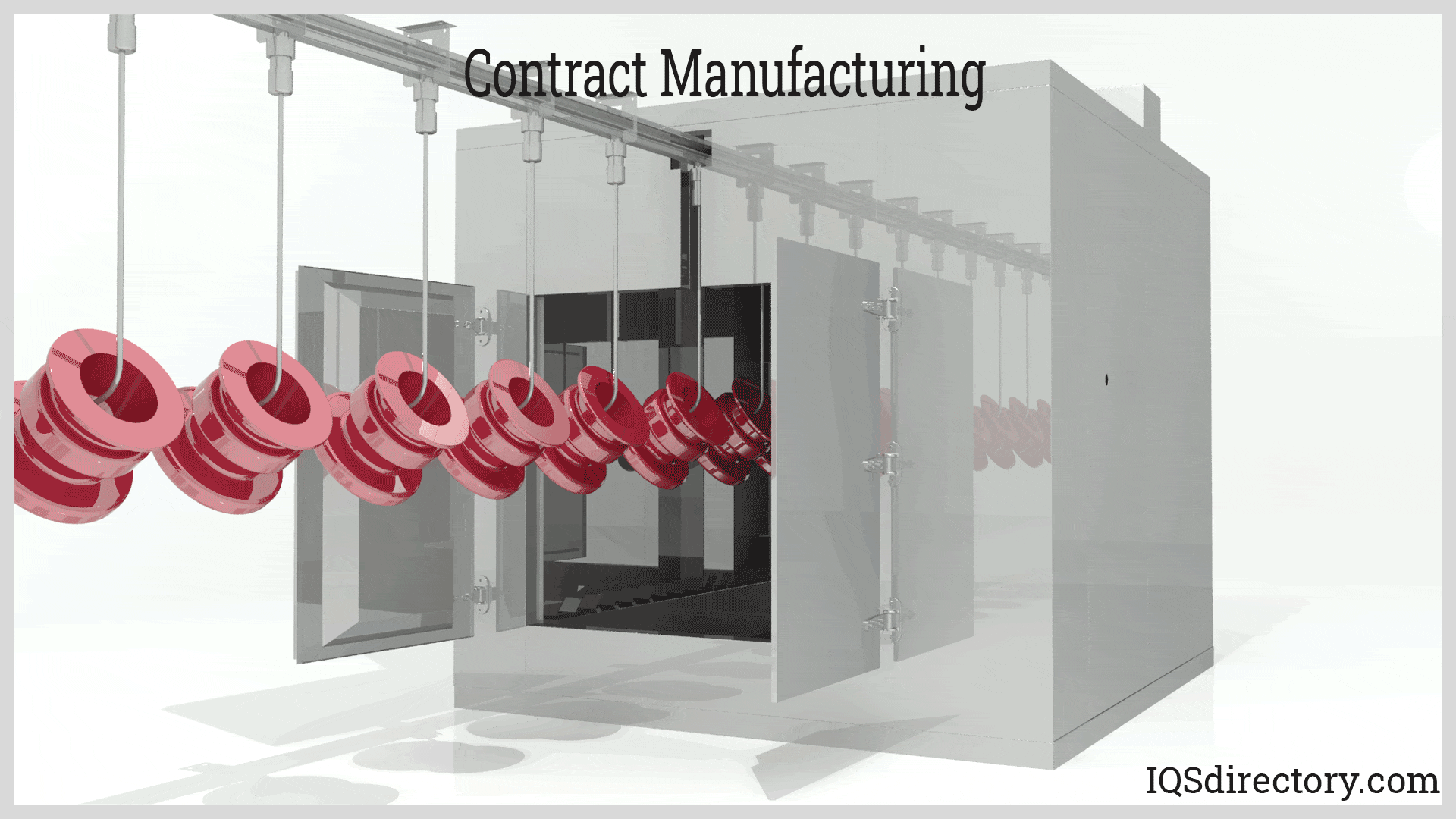
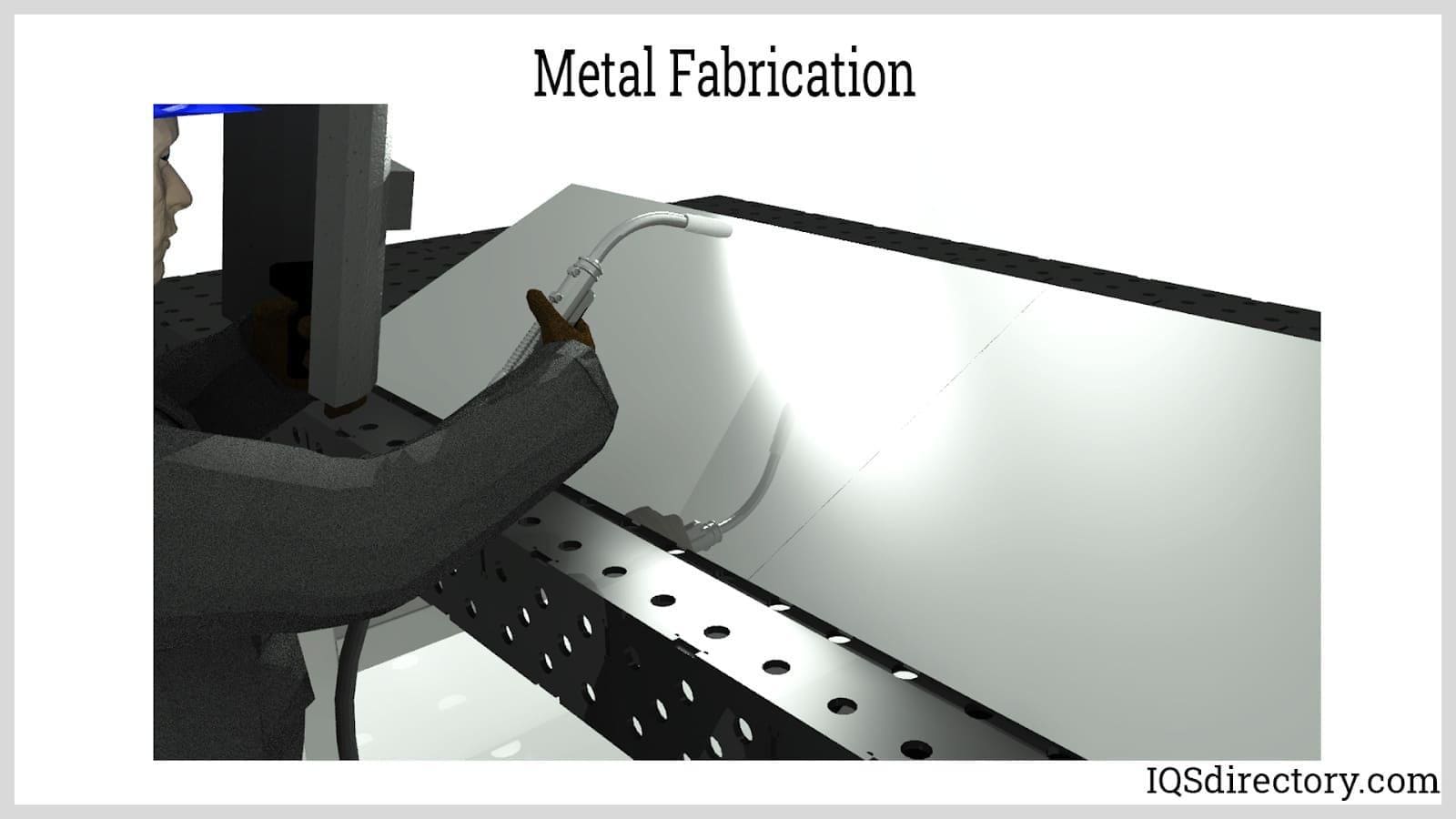
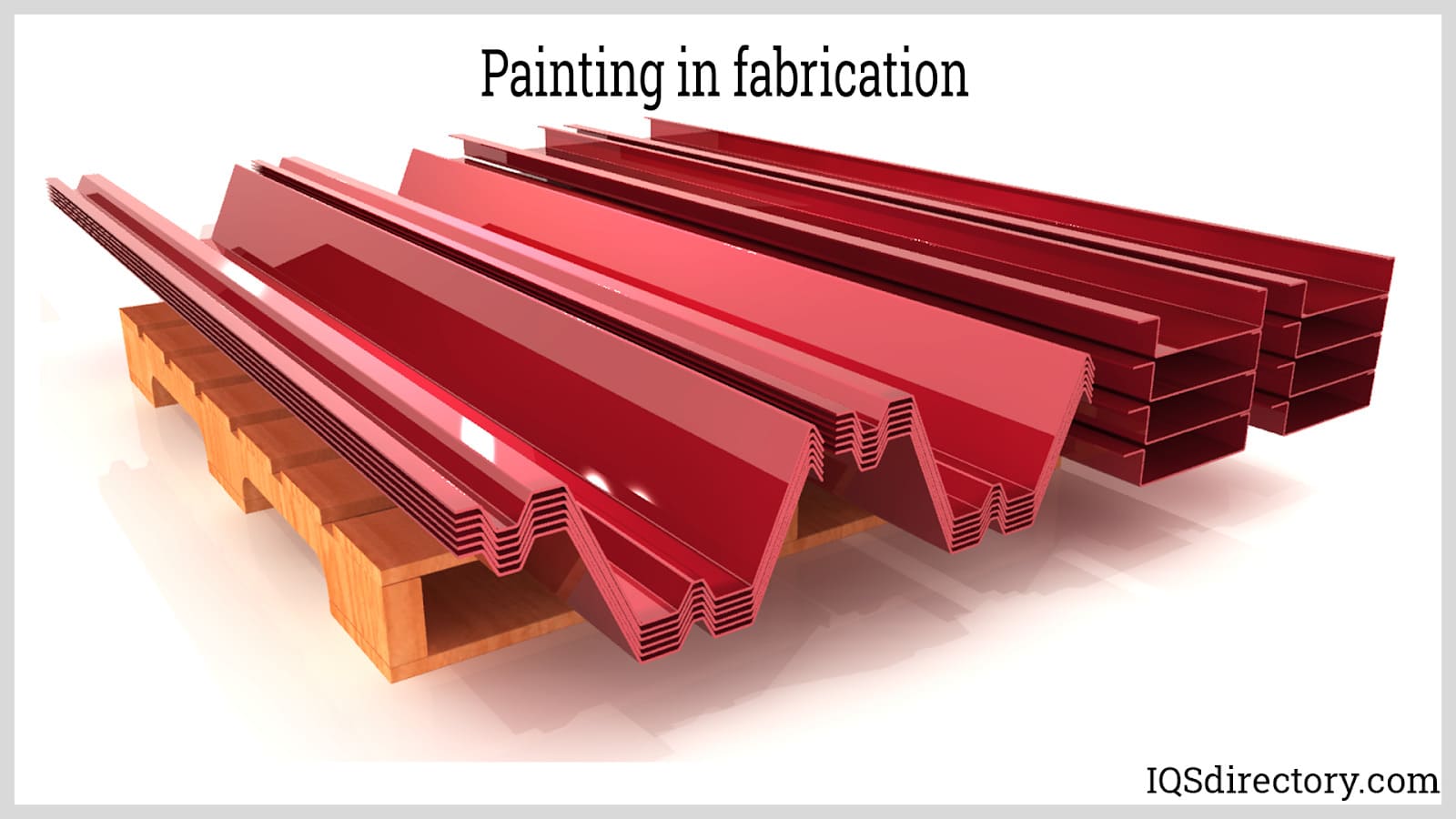
 Broaching
Broaching CNC Machining
CNC Machining Expanded Metals
Expanded Metals Laser Cutting
Laser Cutting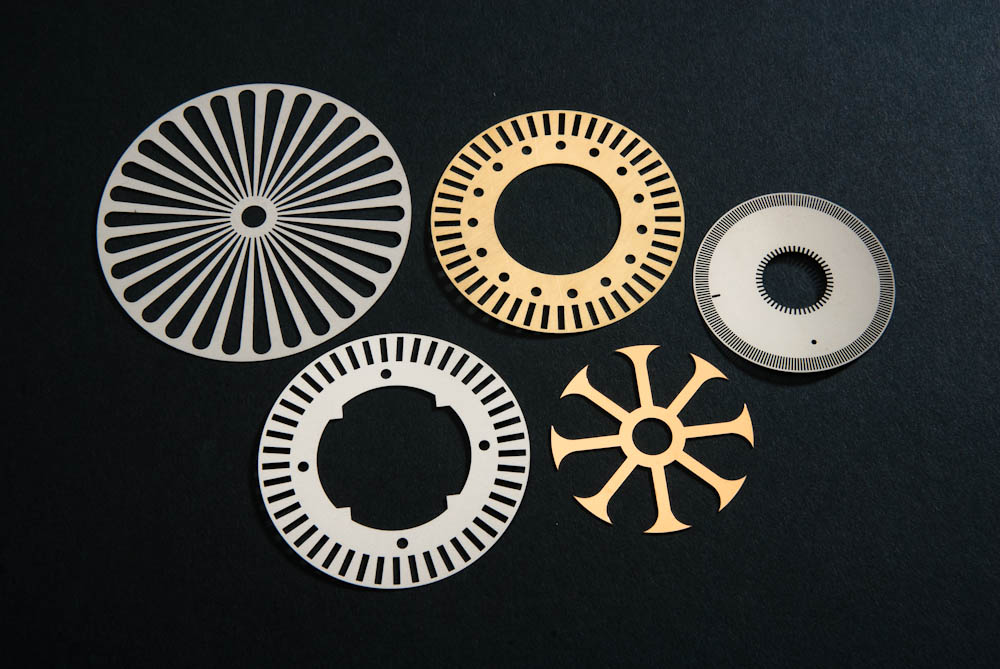 Metal Etching
Metal Etching Metal Fabrication
Metal Fabrication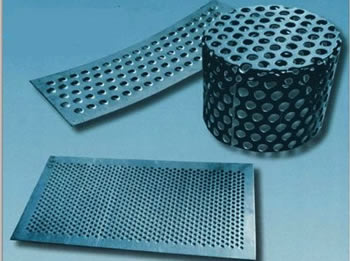 Perforated Metals
Perforated Metals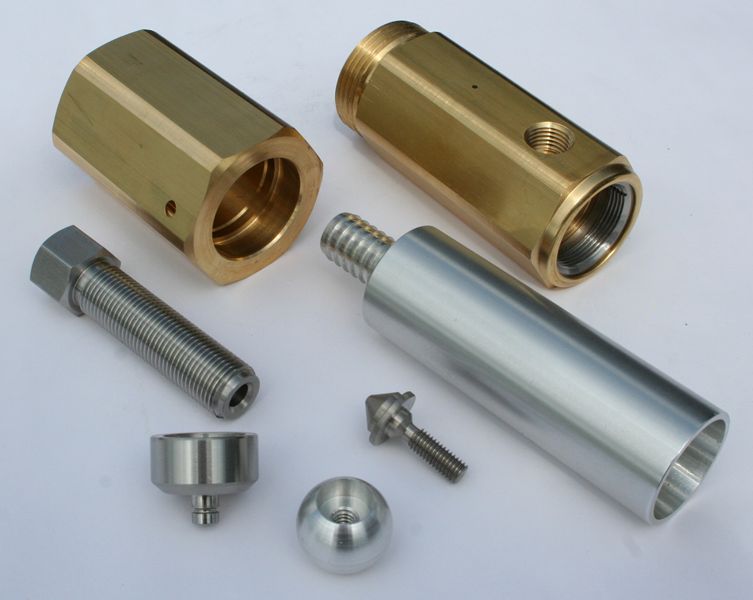 Screw Machine Products
Screw Machine Products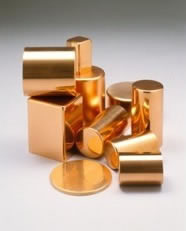 Metal Stampings
Metal Stampings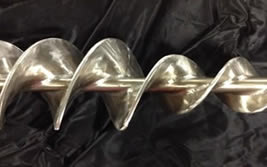 Sheet Metal Fabrication
Sheet Metal Fabrication Tube Fabrication
Tube Fabrication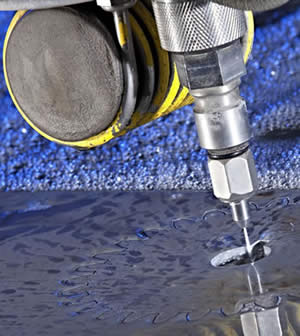 Water Jet Cutting
Water Jet Cutting Castings & Forgings
Castings & Forgings Bulk Material Handling
Bulk Material Handling Electrical & Electronic Components
Electrical & Electronic Components Flow Instrumentation
Flow Instrumentation Hardware
Hardware Material Handling Equipment
Material Handling Equipment Metal Cutting Services
Metal Cutting Services Metal Forming Services
Metal Forming Services Metal Suppliers
Metal Suppliers Motion Control Products
Motion Control Products Plant & Facility Equipment
Plant & Facility Equipment Plant & Facility Supplies
Plant & Facility Supplies Plastic Molding Processes
Plastic Molding Processes Pumps & Valves
Pumps & Valves Recycling Equipment
Recycling Equipment Rubber Products & Services
Rubber Products & Services